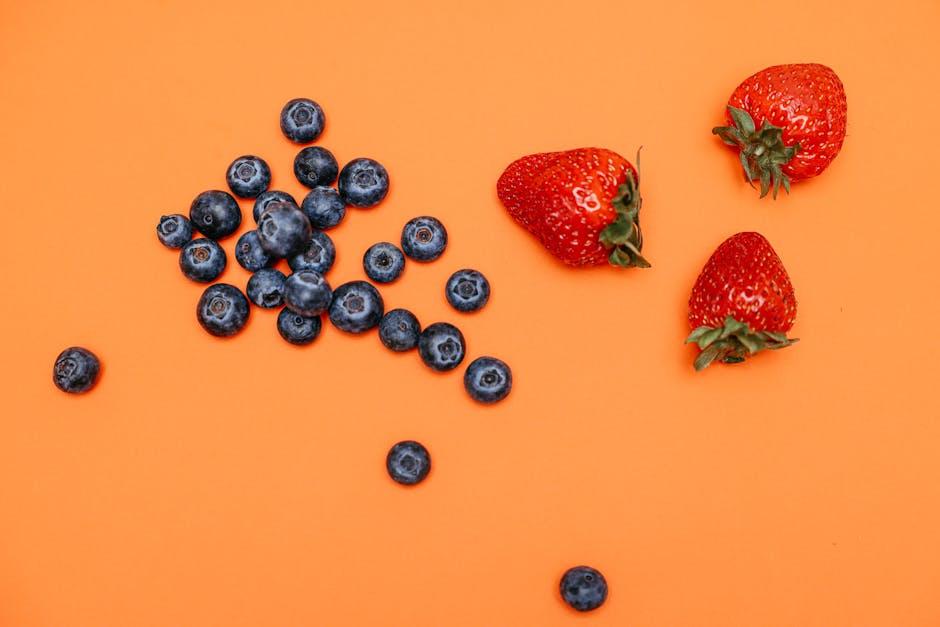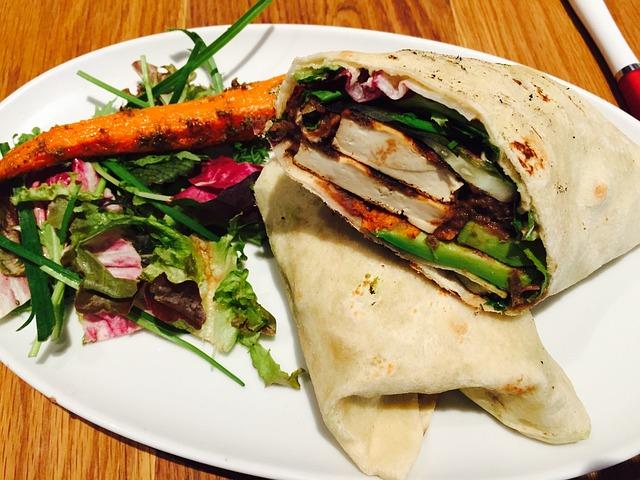In an era where the pursuit of health and wellness is more prevalent than ever, understanding the dynamics of weight management has become a focal point for many. Among the myriad of strategies available, low-calorie diets stand out as a scientifically-backed approach to achieving sustainable weight loss. This article delves into the mechanisms and effectiveness of low-calorie diets, exploring how they can be strategically implemented to promote weight reduction while maintaining nutritional balance. By analyzing the principles behind calorie restriction, we aim to provide a comprehensive guide that empowers individuals to make informed decisions about their dietary habits, ultimately fostering a healthier lifestyle. With a confident grasp of the underlying science and practical applications, readers will be equipped with the knowledge needed to embark on a successful weight loss journey through low-calorie eating plans.
Understanding the Science Behind Low Calorie Diets
At the heart of low-calorie diets lies a fundamental principle of energy balance: consume fewer calories than your body burns to create a calorie deficit. This deficit prompts the body to tap into its stored energy reserves, primarily fat, leading to weight loss. Metabolic rate, the speed at which your body converts food into energy, plays a crucial role here. Factors such as age, gender, and muscle mass can influence this rate, making it essential to tailor a low-calorie diet to individual needs for optimal results.
Low-calorie diets often emphasize nutrient-dense foods to ensure the body receives essential vitamins and minerals even with reduced caloric intake. Key components typically include:
- Lean proteins like chicken, fish, and tofu, which support muscle maintenance and satiety.
- Fiber-rich vegetables such as broccoli, spinach, and carrots to promote fullness and aid digestion.
- Whole grains like quinoa and brown rice for sustained energy levels.
- Healthy fats from sources like avocados and nuts to support cellular function and hormone production.
By focusing on these elements, low-calorie diets can effectively aid weight loss while maintaining nutritional balance.

Crafting a Balanced Low Calorie Meal Plan
Designing a meal plan that is both low in calories and nutritionally balanced can be a game-changer in your weight loss journey. The key is to include a variety of nutrient-dense foods that not only keep you satiated but also provide essential vitamins and minerals. Start by incorporating a rich array of colorful vegetables and lean proteins into your meals. These foods are naturally low in calories yet high in nutrients, helping you maintain energy levels while reducing overall caloric intake.
- Vegetables: Opt for non-starchy options like spinach, broccoli, and bell peppers.
- Proteins: Choose lean meats such as chicken breast or plant-based options like tofu and lentils.
- Whole Grains: Incorporate small portions of quinoa or brown rice to add fiber and satiety.
- Healthy Fats: Include sources like avocados and nuts, but keep portions in check.
By focusing on portion control and the nutritional value of each food item, you can craft meals that are both satisfying and conducive to weight loss. Remember, the goal is to create a sustainable eating pattern that supports your health goals, so always prioritize quality over quantity.
Incorporating Exercise for Enhanced Weight Loss
Combining a low-calorie diet with regular physical activity can significantly boost your weight loss efforts. Exercise not only burns calories but also enhances your metabolism, allowing you to achieve a caloric deficit more efficiently. Here are some effective ways to integrate exercise into your routine:
- Cardiovascular Workouts: Activities like running, cycling, and swimming are excellent for burning calories quickly. Aim for at least 150 minutes of moderate-intensity cardio per week to see substantial results.
- Strength Training: Building muscle mass through weightlifting or resistance exercises increases your resting metabolic rate. This means you’ll burn more calories even when you’re not working out.
- Interval Training: Incorporate high-intensity interval training (HIIT) sessions into your routine to maximize fat loss. HIIT involves short bursts of intense exercise followed by rest periods, making it a time-efficient way to enhance calorie burn.
To optimize your efforts, consider tracking your workouts alongside your diet. Use fitness apps or journals to monitor your progress and adjust your exercise regime to align with your weight loss goals. Remember, consistency is key, and even small changes can lead to significant improvements over time.
Monitoring Progress and Adjusting Your Diet Plan
When embarking on a low-calorie diet to shed those extra pounds, it’s crucial to keep a keen eye on your progress and be ready to make adjustments as needed. Start by tracking your daily calorie intake using apps or journals. This not only helps in ensuring you stay within your caloric limits but also aids in identifying any patterns or triggers that might lead to overeating. Regularly weigh yourself, but remember that fluctuations are normal; instead, focus on overall trends over weeks or months.
- Adjust Portions: If you notice a plateau in your weight loss, consider adjusting your portion sizes or swapping higher-calorie foods with nutrient-dense alternatives.
- Incorporate Feedback: Listen to your body’s signals. Feeling excessively hungry or fatigued might indicate the need for slight increases in calorie intake or more nutrient diversity.
- Evaluate Nutritional Balance: Ensure that your diet remains balanced. A low-calorie plan should not compromise on essential nutrients like proteins, vitamins, and minerals.
- Stay Flexible: A rigid diet can lead to frustration and burnout. Allow yourself occasional treats within your calorie limits to maintain motivation and satisfaction.
By continuously monitoring and refining your approach, you set yourself up for sustainable success in your weight loss journey, ensuring that your efforts are not only effective but also enjoyable and health-conscious.
